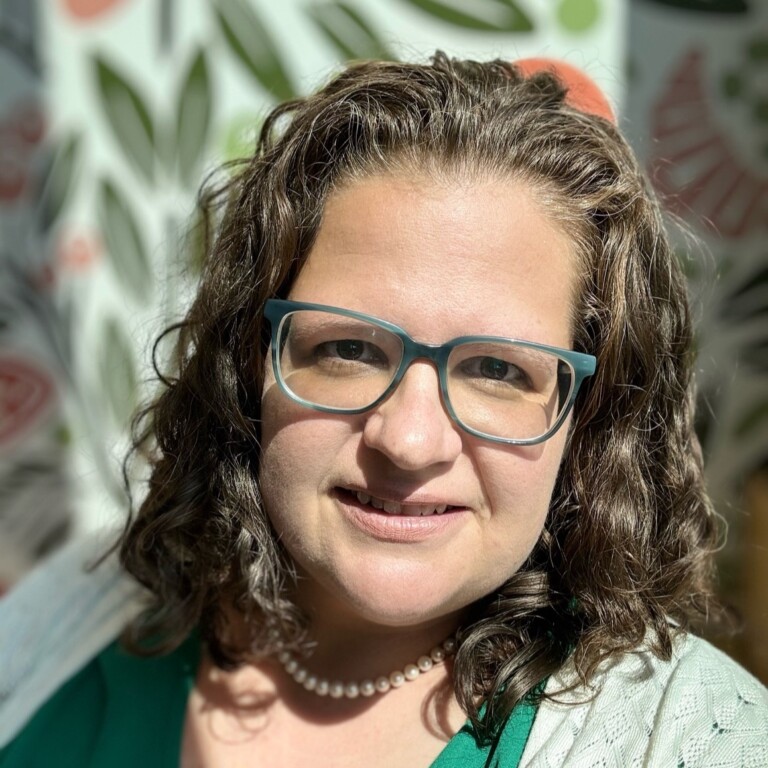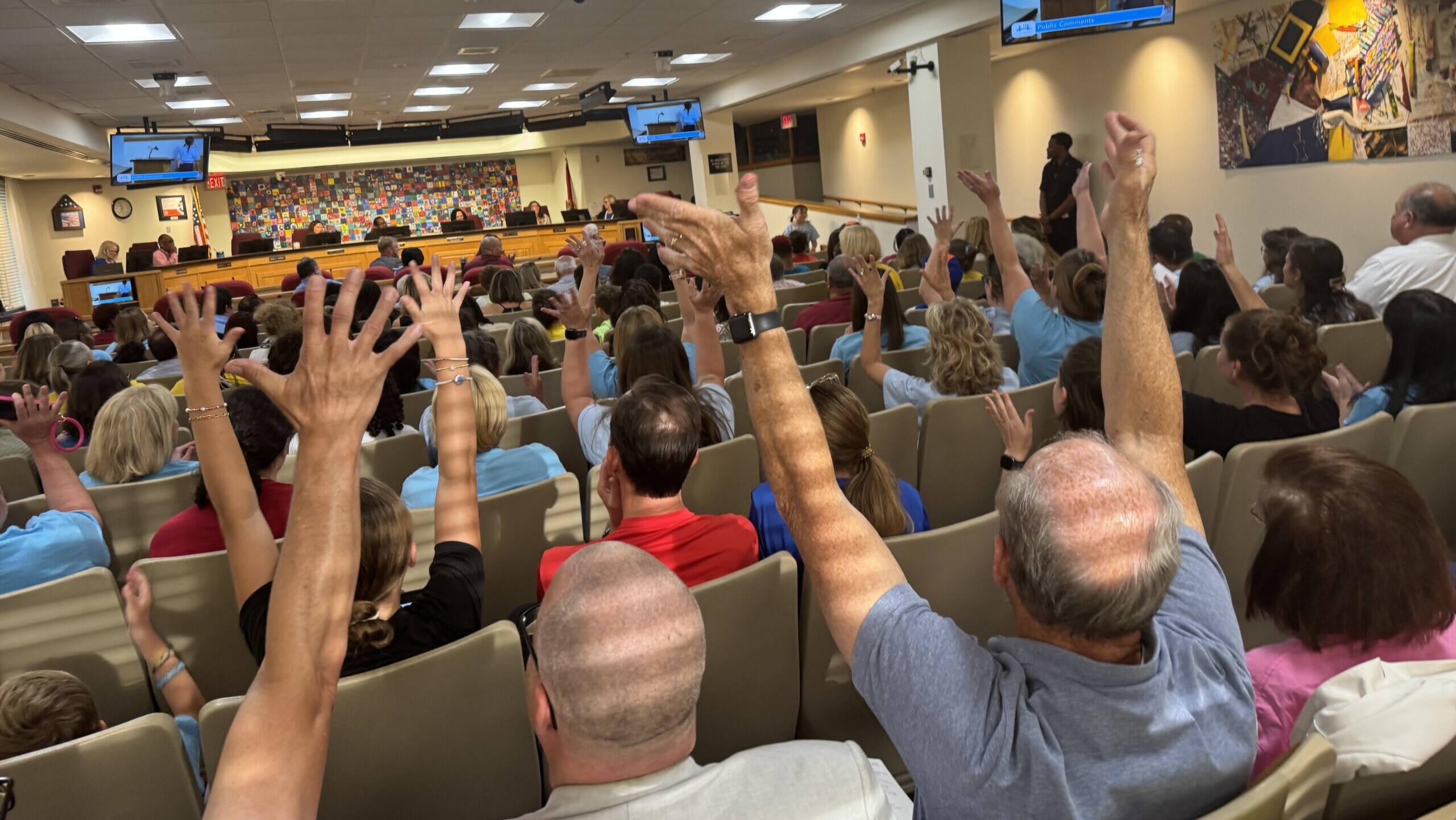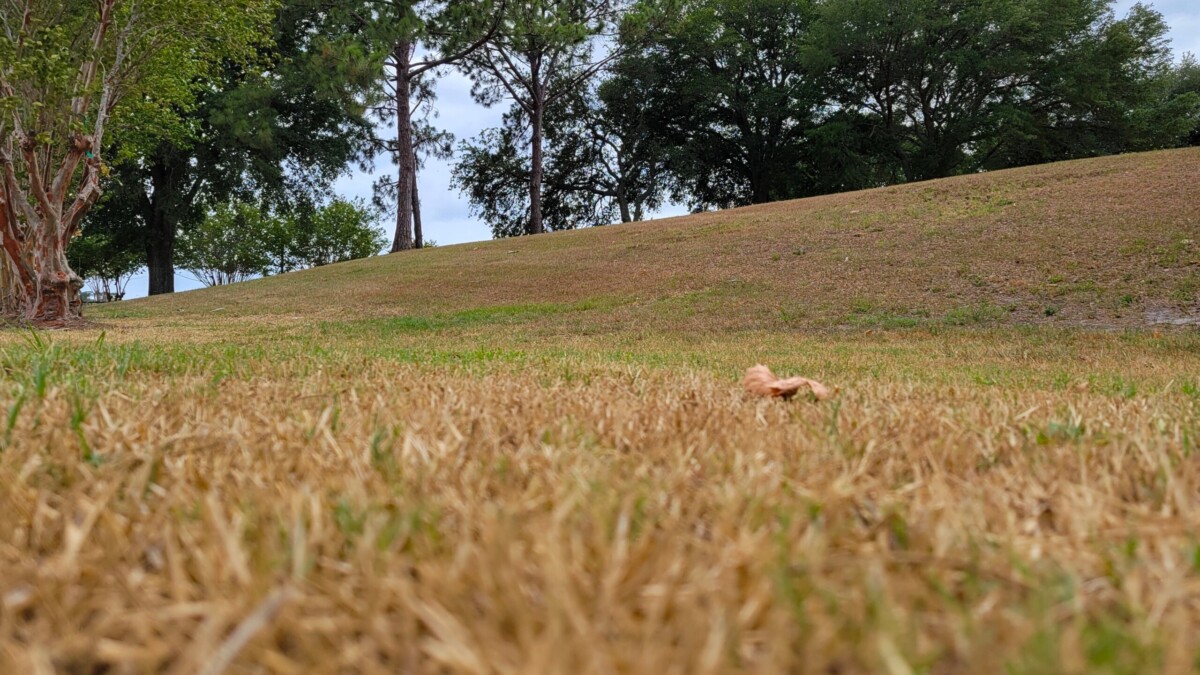In Duval, a consultant is suggesting that closing more than 30 schools might be the best way of dealing with budget shortfalls brought on by rising construction costs, falling state funding and decreased student enrollment.
Jacksonville is not alone. Many of Florida’s largest, mostly urban districts — accounting for about half of Florida’s 3 million public school students — are looking at closing schools.
In Broward County this year, public outcry put a halt to the district’s plan to close more than 40 schools, but the board this week approved a slower, more methodical plan to close at least five for now.
Miami-Dade also approved closures this week. With protestors outside, that district’s board voted to redraw some school zones and repurpose some schools.
Tampa’s Hillsborough County already closed a handful of schools in recent years and will implement a comprehensive rezoning in August.
“Over the years, some schools have seen a significant change in student population due to shifting demographics and population growth,” Hillsborough district spokesperson Tanya Arja said in an email. “While many areas are still growing, other neighborhoods have fewer families with school-aged children. Some families may also be choosing other educational options for their children.”
A changing plan for Duval
Duval is also contending with older-than-average school buildings — on top of the factors common to large, urban districts.
Established in the mid-1800s as the concept of public school was gaining a foothold across the U.S., the Duval school district has many old buildings scattered across the county — and many of them are located quite close to other schools because zones have been redrawn so many times over the decades.
In an optimistic pre-Covid set of recommendations called “A Bold Plan for DCPS,” administrators outlined a plan to update many of the crumbling schools. The goal was to bring Duval up to code in terms of safety and security, remove most portable classrooms, and make better use of existing buildings while building new schools where necessary. It came with a price tag of $1.9 billion.
Supply-chain delays and rising construction costs recently sent the School Board back to the drawing board. The bill for the Bold Plan is $3.9 billion now, and with fewer traditional students enrolled and a new state mandate to share more revenue and resources with charter schools (which are independently operated yet publicly funded), the district is left with less income and more expenses.
And so, they’ve spent the last several months reevaluating the Bold Plan.
“This all started as a response to a delayed construction project at Southside Estates,” interim Superintendent Dana Kriznar said at a community meeting at the district’s Southbank headquarters this month. “That pause gave us an opportunity to look at some of the things that we’re doing and the issues the district is facing.”
The board hired a consultant and asked for a “third-party, objective plan” to help contend with a projected $1.4 billion shortfall. Some of the dozens of schools the consultant is suggesting to close were already in the Bold Plan.
Others are new to the list:
- Ed White HS feeder pattern: Hidden Oaks ES and Westside HS
- Englewood HS feeder pattern: Kings Trail ES and Windy Hill ES
- First Coast HS feeder pattern: San Mateo ES
- Fletcher feeder pattern: Anchor ES, Atlantic Beach ES, Mayport ES, and San Pablo ES
- (San Pablo ES recommended to merge into a new Seabreeze ES built on the San Pablo site.)
- Raines HS feeder pattern: Biltmore ES, George W. Carver ES, Pinedale ES, and Thomas Jefferson ES
- Ribault HS feeder pattern: Long Branch ES
- Riverside HS feeder pattern: Bayview ES, Fishweir ES, Hyde Grove ES, John Stockton ES, Ortega ES, and West Riverside ES
- Terry Parker HS feeder pattern: Arlington ES, Brookview ES, Fort Caroline ES, GRASP Academy, Holiday Hill ES, Lake Lucina ES, Lone Star ES, and Parkwood Heights ES
- Dedicated magnet programs/schools: A. Phillip Randolph – close program; GRASP Academy – consolidate into Don Brewer ES; Joseph Stilwell – close program; R.V. Daniels – consolidate into R.L. Brown; YWLA/YMLA – close program
The board asked the consultant to consider only factors like a school’s maintenance backlog and the potential operations savings (but not the schools’ academic success or student body demographics).
The district says another goal is “improving boundaries to create stronger school communities and opportunities for educational innovation and improvement within ‘feeder patterns,’” — meaning, geographically close elementary schools should feed into the same middle schools and neighborhood high school. Currently, students at a single elementary school might be zoned for a few different middle or high schools.
Funding changes
Duval voters agreed in November 2020 to a half-cent sales tax to pay for the school district’s capital improvements, and the district created an oversight committee to monitor how it spends the money. After the sales tax was passed, though, the state of Florida changed its rules governing how districts must manage revenue from such taxes.
State law now requires school districts share tax revenue with charter schools according to their proportion of total student enrollment, as the district has seen a big increase in charter enrollment over the last several years.
Next steps for Duval
Kriznar says the consultant’s plan isn’t the only option on the table. The district is also considering construction design and process changes.
In the meantime, though, Kriznar is asking the community to share the special, unquantifiable details about their neighborhood schools.
“We need you to fill in the rest of those blanks about what is special about your school,” Kriznar said at the meeting. “We have some hard decisions to make. As we develop a plan to bring to the board, we want to include your voice.”
The last of seven meetings to gather community feedback about the “master facility plan” is Thursday, June 20, at 5:30 p.m. at Terry Parker High School. The district is also accepting feedback online through noon on Friday, June 21.







